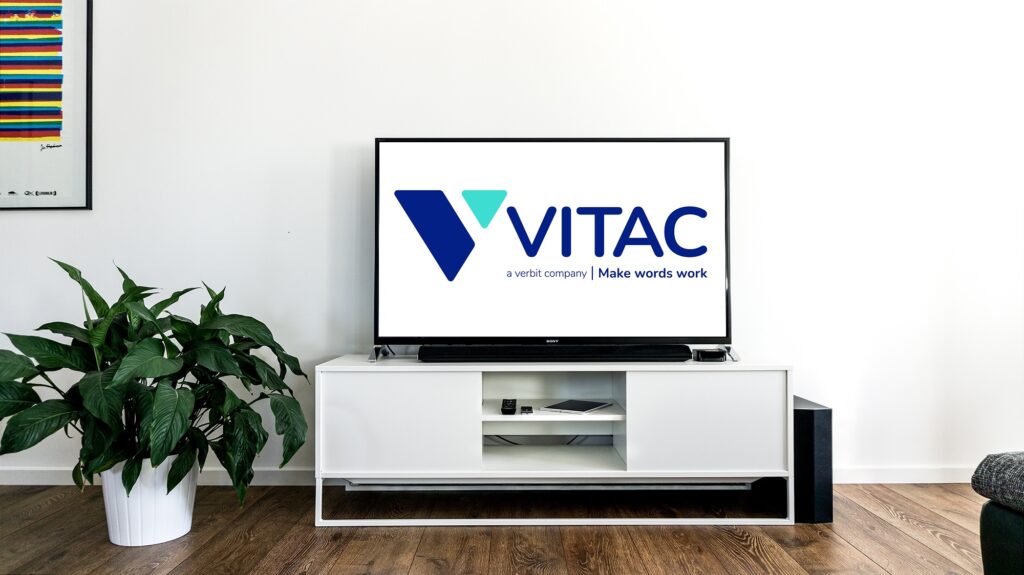Clarity, Accuracy, and Timing in Accessible Programming
There are a few different styles in which television is captioned, each with its own merits and flaws, but the four pillars of closed captioning are as follows:
- Accuracy: Captioning shall match the spoken words (or song lyrics when provided on the audio track) in their original language (English or Spanish), without paraphrasing, except to resolve any time constraints.
- Synchronicity: Captioning coincide with the corresponding spoken words and sounds to the greatest extent possible.
- Completeness: Captioning shall run from the beginning to the end of the program, to the fullest extent possible.
- Placement: Captioning shall not block on-screen graphics.
Combined, these tenets, directed by the FCC, attempt to create a viewing experience like that which the audio track delivers. In the world of pre-recorded captioning, this can become something of a balancing act — one which involves a couple hand-offs and some personal discretion. Your pre-recorded programming comes through three levels at VITAC; it is transcribed, timed/placed, and reviewed. Now, it’s the job of each captioner to make their successor’s as easy and streamlined as possible. If all goes according to plan, the timer/placer won’t change much, and the review will watch a clean file then deliver.
Transcription and the Questions That Arise
It seems clear enough, right? Just write down what people say. Before beginning anything, though, a treatment is consulted to verify any client-specific requirements. Can dialogue be cleaned up to cut down stuttering or filler words like “um,” “like,” and “you know”? Are you allowed to write “gonna” or should it always be “going to”? If an actor is dropping the ends of their words, do they write “droppin’”? How are accents handled? How is profanity handled? A lot of these questions come up due to the unpredictability of unscripted television, as we can mostly assume scripted stutters and other acting is intentional, but every show has its own particular guidelines. Now it’s off to the races of accurate, light-speed typing, ensuring that every name and obscure pop-culture reference is spelled correctly before handing the project to a timer/placer.
Time, Place, and Make Everything Fit
Get all the words on the screen as they’re spoken with enough time to load and make sure everything’s broken up in to easily digestible, almost poetic, bites. If you think about the captions that scroll up the screen like a kind of continuous loading bar, know that the one’s that pop on need to fully load before springing onto screen. This load time is affected by pretty much anything you change—caption length and position being the top two variables.
As more people begin talking simultaneously and plot-pertinent sound effects take place, things can get a bit dicey. Do you polish something? Bring the captions in early? Late? How important is that ringing cellphone? It’s all about doing what you can to communicate an auditory experience visually in an efficient manner. In addition to grammar genies, captioners need to be pretty adept at solving these puzzles.
Accuracy and synchronicity are on opposing sides of a see-saw, vying for control, and your captioner is the mediator, trying to keep things balanced. Hidden within every second of broadcast television are many decisions and perspectives at work. And after any time spent captioning, especially loud reality programming, the viewing experience is forever changed. You’ll always be asking yourself, “How in the world did they handle that?” Look closely and pay attention to the captioning medium. You’ll find there’s a lot behind how this information is translated and delivered.



